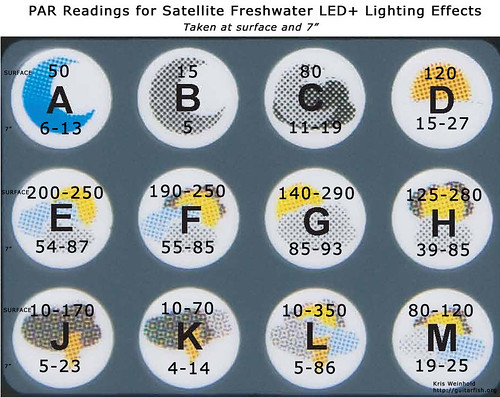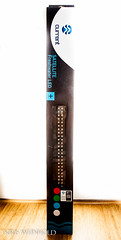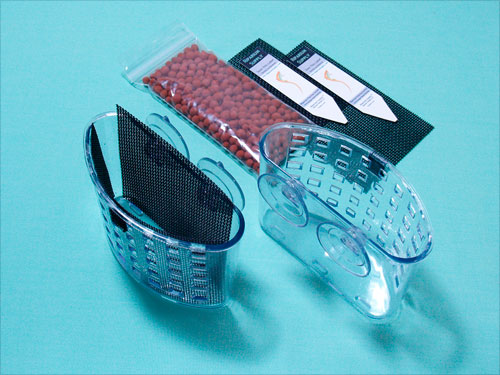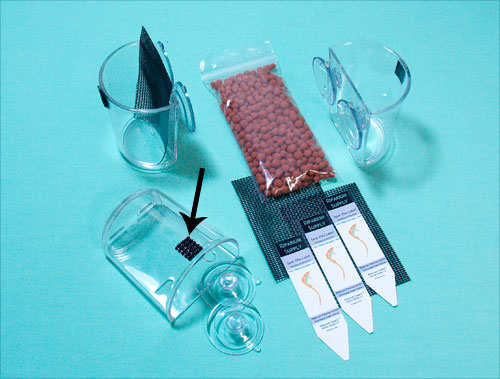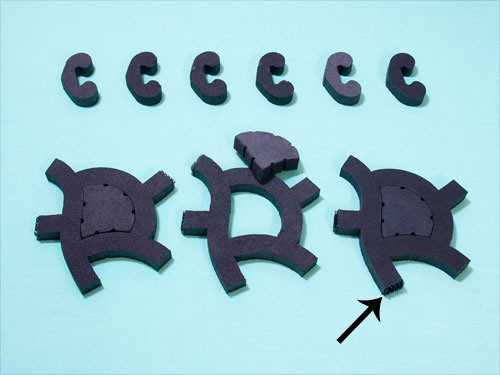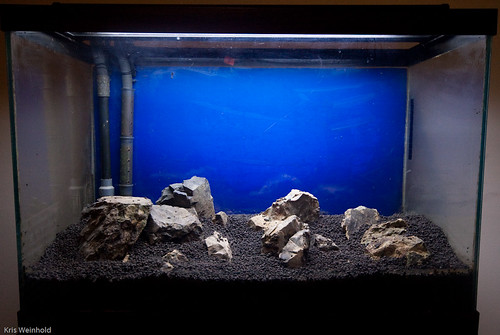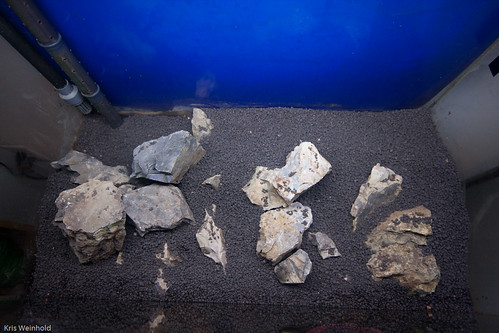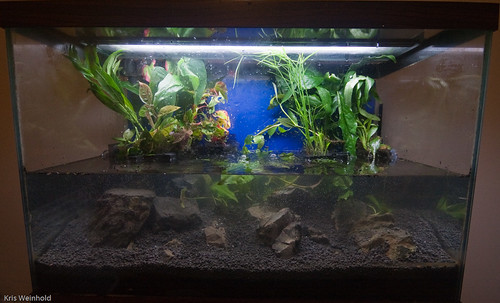Ecotech Marine Freshwater Radion Gen4
April 18th, 2017About three years ago, I reviewed Ecotech Marine’s second generation Radion Pro light, and while I loved the configurability of the fixture, I felt the colors were not optimum for planted aquariums and the lens cast too many shadows. Two generations later, Ecotech has resolved both of those issues and has produced one of the most complete lighting systems on the market.

I received three items from the company for this review. A pre-release version of their XR30W light with the freshwater components installed instead of their normal reef configuration. The result is that this fixture is roughly twice as powerful as the XR15FW light that just hit the market. The Reeflink acts as a bridge to your home network so that you can control the light from their EcoSmart webpage or mobile app. The RMS Mounting System is a very nice mount that mounts on the rim of your aquarium.

Immediately out of the box, the unit looks an awful lot like the generation 2 light I reviewed three years ago. They replaced the touch-based buttons with more resilent physical buttons. More importantly, they have upgraded their lenses from the TIR lens to the new HEI (Hemispherical Edge Illumination) lens, which does a vastly better job at mixing the various LED colors and distributing the light evenly throughout the tank. I was dubious when I first read about these lenses, but after experiencing them in person, I can vouch that these new lights have far less shadows and a better PAR distribution that the previous version. 
Speaking of PAR, the readings at full power are off the charts! The light is mounted on a 24″x18″x18″ rimless aquarium which puts the light roughly 22″ from substrate. Measuring at that level reads an astounding 351 PAR! As mentioned, this light is roughly twice as powerful as the XR15FW, but the expected 175 PAR that fixture would deliver is still way more than you need. And measuring the power consumption, my unit maxes out around 185 watts, but the XR15FW is half of that at 95 watts at full power. However, the power consumption is based on your output. Hooking mine up to a power meter, it estimates that my yearly electricity costs would be less than $20.

I’ve been running the light since late January, and am just as impressed now as when I set it up initially. Rather than trying to use this on a typical Nature Aquarium Style aquascape that’s mostly green plants, I decided to setup more of a jungle-style aquarium that has plants of various colors to see how they look under the Radion unit.

As you can see above, the greens are very bright and not washed out or too yellow. The red of the Alternanthera is quite brillant, but also the most subtle orange of Rotala rotunifolia is well represented. And of course, as has been the case with all Radion units, you have complete control over the color using the web or mobile applications.

In the fourth generation, Ecotech Marine finally got the message that the old units had way too many blue LEDs. Now, the lights house mostly white LEDs, plus 4 Red, 2 Green, and 2 Blue LEDs, you don’t have to sacrifice PAR to achieve slight variations of the daylight spectrum we prefer in our freshwater planted aquariums.

Using their Ecosmart Live software, I configured a full-day schedule that begins to ramp up around 8am and shuts downs at 10pm at night. Normally this would be way too long of a schedule, but the flexibility of this system allowed me to configure very low light in the morning, and a low-light moonlight for much of the evening. I also varied the color spectrum to be more yellow in the morning, and more reds/blues in the evening to better simulate sunrise and sunset coloration and intensity. This creates a very natural lighting scheme and extends the period of time I’m able to enjoy this aquarium with the lights on.
In conclusion, the fourth generation Ecotech Marine Radion is one of the top lights on the market. With the enhanced HEI lenses and improved color configuration, combined with the already impressive EcoSmart Live, the XR15FW Radion is a high-output LED light without any real downside to note. The PAR can be set as high or low as needed for any planted aquarium
, multiple lights can be combined for a stronger or more comprehensive setup, and the overall performance is impressive. The XR15FW is currently selling for ~$350, which covers a 36″x36″ footprint, making it pretty economical for the coverage and features. In short, anyone looking for a high-end light for their planted aquarium should look no further than the Ecotech Marine Radion XR15FW G4 LED light fixture.
![SingleRamp-Angle[1]](http://www.guitarfish.org/wp-content/uploads/2013/11/SingleRamp-Angle1.jpg)


